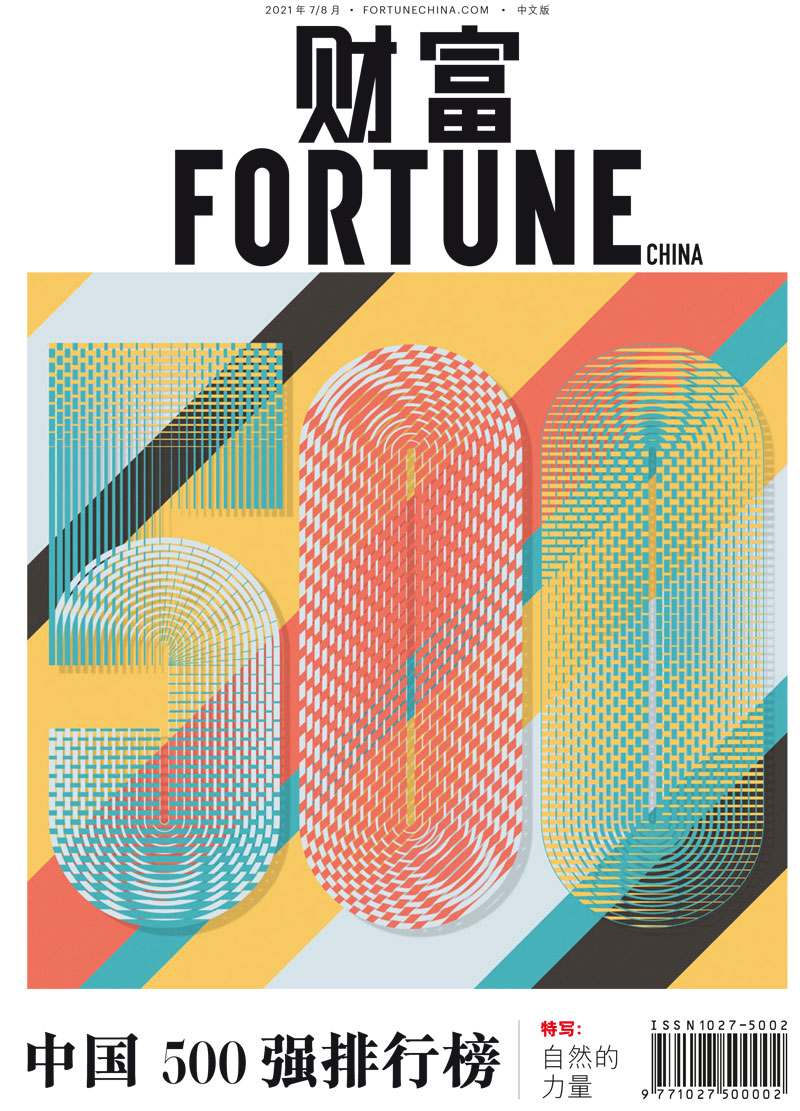虚拟现实何去何从,主流还是小众?
|
在今年拉斯维加斯的消费电子展(CES)上,当我徜徉在一排排迷宫似的电子屏幕中间时——它们中有全世界最宽的、最平的、最清晰的、最亮的、最新款的,我脑中唯一闪过的念头就是,VR真容易让人满脸冒油。在这个庞大的科技展会上,我急切地想试玩一下最新的VR产品。虽说VR技术早就被吹得神乎其神了,那对于大多数人来说,它仍是一种新奇的玩意儿。不过我试玩了每台VR头盔之后,第一个感觉就是迫切地想用洗手液把脸好好洗洗。 不过,虚拟世界的内部景观依然是令人惊叹的。在一个演示片段里,我被三名浑身画满彩绘的柔术演员的惊人表演惊得目瞪口呆。当一只老虎从我身边走过时,我把眼神望向左边,才敢悄悄地喘口气。然后,我战战兢兢地走过了一座横跨白雪皑皑的峡谷的绳桥。之后我又坐在一张价值7000美元的震动椅里飞入了银河。(亲爱的读者,我糟的这些罪都是为了你们呐!)在CES的展厅里,人们在VR体验区里排起了长队,而各种VR周边设备也是花样百出,十足就像一个大游乐场:有用来模拟虚拟船只的震动椅(能让人晕船倒是不假);有用来模拟开飞机的设备,能像《壮志凌云》里那样做出各种机动和翻滚动作;有用来模拟太空飞船的设备,坐进去的人不一会儿就会尖叫连连。 我从人们摘下VR头盔后头晕目眩的表情上,就能看出哪些人是第一次体验VR。不过如果没有展会上的这些旋转椅或震动椅之类的东东,VR的新鲜感迅速就会消退——尤其是当你注意到800美元的价签的时候(这还不含配件)。便宜些的VR头盔戴上几分钟就会觉得太重了。有些机型戴上后让人觉得视线很难对焦。所有的VR设备都有个共同点——容易让人出油。另外,除了一些制作极为精良的游戏,你在大多数游戏里都不能四处走动,甚至看不见自己的双手。所以VR最有意思的部分,也就是所谓的360度视角,就只能靠你自己尴尬地原地扭动头部了。 最糟糕的是,VR是一种与世隔绝的体验。虽然看着别人第一次玩VR很有喜感(三星在假日季的一则Gear VR的广告就着重描绘了这一点),但二手的VR体验却没有任何乐趣可言。而且VR的这种头盔与耳机结合的模式,也把“低头族”(即沉浸在手机的世界里,忽略了真实世界中的同伴)这种现象上升到了一个新高度。 在最初的惊喜后,VR给人带来的感觉就是不适和淡漠。这种经历也与VR技术的商业轨迹暗合。在几年的大肆宣传后,Facebook的Oculus Rift和HTC的Vive于去年正式上市,却相继经历了出货延迟和订单取消等问题。据收并购咨询机构Digi-Capital公司统计,去年VR头盔及软件的销售额比此前的预期低了29%,仅为27亿美元。有鉴于此,Digi-Capital公司将2021年前VR市场的销售额预期下调至25亿美元。该公司认为,在同一时期,VR技术更为社交化的小兄弟——AR(比如目前极为火爆的捉妖游戏《Pokémon Go》)却有可能产生830亿美元的惊人收益。 眼下VR的火热宣传让我不禁想起3D打印机的早期阶段:“未来家家都会有一台3D打印机!”话虽这样说,但事实上,并非家家都需要3D打印机。对大数人来说,3D打印机仍是一台昂贵的小众产品。从价格和娱乐价值来看,VR的地位也跟3D打印机差不多。目前VR体验最好的地方,就是拉斯维加斯的这座人头攒动、嘈杂无比的会展中心——一个人人都想逃离的地方。如果你要来,记得带上一瓶洗手液。(财富中文网) 作者:Erin Griffith 译者:朴成奎 |
Virtual reality is greasy. That’s all I could think as I wandered through the vast labyrinth of digital screens—the widest, flattest, clearest, shiniest, newest models in the world—at this year’s CES in Las Vegas. At the sprawling technology trade show, I was eager to sample the latest in VR, a technology that’s been hyped for a generation but remains a novelty to most people. Each headset I tested left me with a distinct urge to rub hand sanitizer all over my face. Still, the view from inside the virtual world is striking. In one demo I was transfixed by a trio of body-painted Cirque du Soleil contortionists five feet in front of me. I looked to my left and let out a tiny gasp as a tiger waltzed by. Later, I care fully traversed a (real) rope bridge over a (virtual) snowy overpass. I took in the Milky Way while reclining in a $7,000 full-body massage chair. (I endure these hardships for you, dear reader.) On the CES show floor, long lines formed around VR “experiences” that looked like carnival attractions: a virtual boat ride with nausea-inducing seats, a virtual plane ride with Top Gun–style twists and flips, a scream-inducing virtual spaceship ride. I could tell which people were experiencing VR for the first time by their dazzled expression after they removed the goggles. But without the trade show’s spinning chairs or relaxing massages, the novelty of virtual reality quickly wears off—especially when you notice the $800 price tag (excluding accessories). Cheaper headsets feel heavy after a few minutes. Some models are difficult to focus. All of them feel greasy. With the exception of elaborate gaming setups, you’re unable to move around (you can’t even see your hands), so the fun part—taking in the 360-degree views—requires awkwardly swiveling your head. Worst of all, VR is isolating. Beyond the delight of watching someone else’s first virtual reality experience (a moment Samsung promoted aggressively in a holiday ad campaign for its Gear VR headset), secondhand VR is no fun. The headset-headphones combination that virtual reality requires takes “phubbing”—-snubbing your real-world companions for the digital distractions of your phone—to a new level. VR amounts to exhilaration followed by discomfort and apathy—an emotional journey that mirrors the technology’s trajectory as a business. After years of barely containable buzz, Facebook’s Oculus Rift (fb) and HTC’s Vive (htc) became available last year, only to suffer from shipping delays and order cancellations. VR headsets and software missed sales predictions by 29% last year, bringing in just $2.7 billion, according to Digi-Capital, an M&A advisory firm. As a result, Digi-Capital slashed its sales projections for the market to $25 billion by 2021. It estimated that VR’s more social cousin, augmented reality (e.g., Pokémon Go), would generate a whopping $83 billion by the same date. The hype surrounding VR today reminds me of the early days of 3D printers: In the future, every home will have one! Except every home didn’t need one, and they remain an expensive curiosity to most. Based on price and entertainment value, VR is in the same spot. Right now virtual reality is best experienced in a crowded, noisy convention center in Las Vegas—a place anyone would be eager to escape. Just bring your own Purell. |












